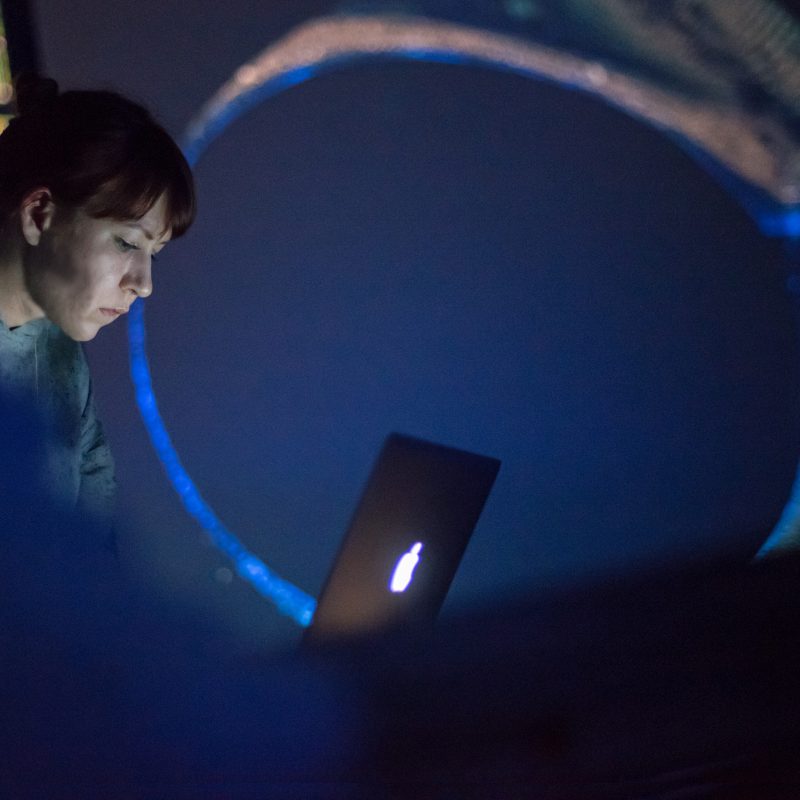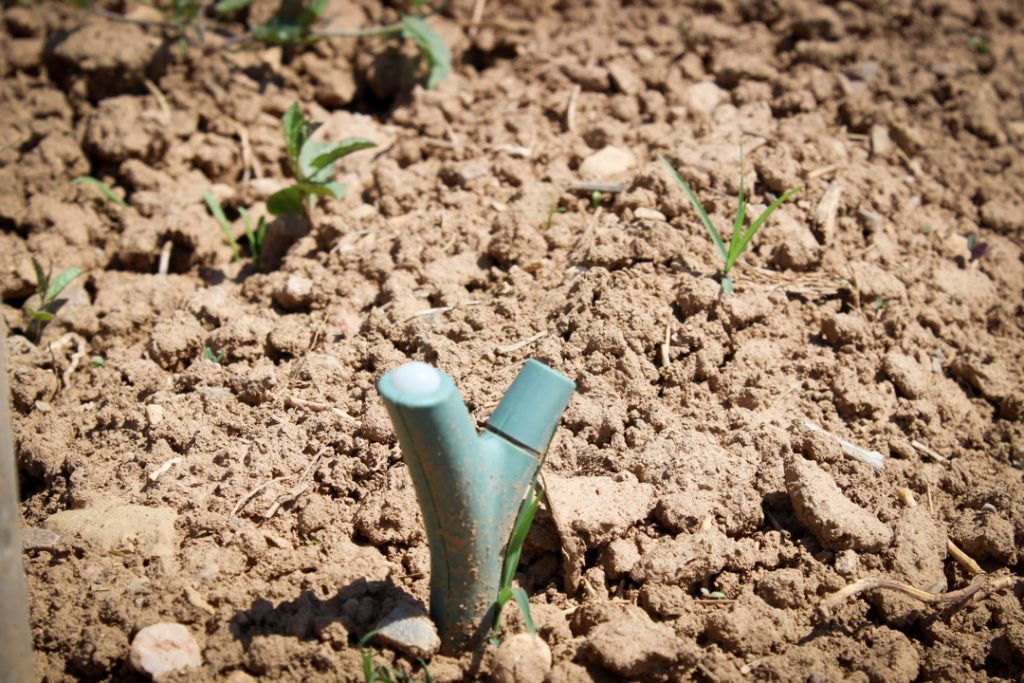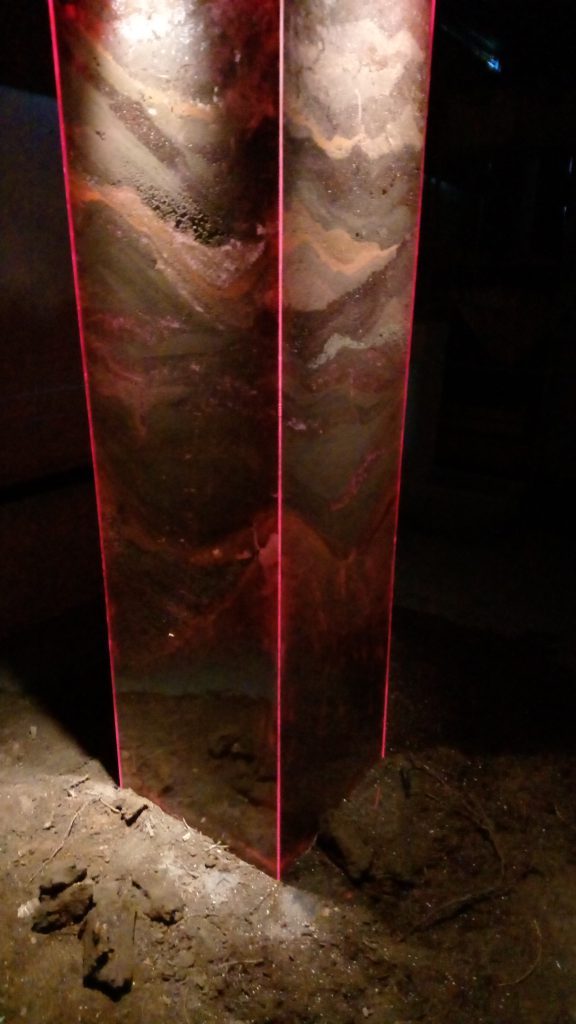The land was the lab, the tools our senses. The data gathered from the land with the IoT sensors – a form of expression from non-human makers whose tireless, but unappreciated labour contribute to the autopoietic system, which is this planet’s biosphere. The technology which was supposed to become an important part, either as a medium facilitating the narrative, or even the subject of our art project, became an unnecessary obstacle: a thing, a noise, a fourth wall reinforcing the sensation of a separation between a human and the environment. During our conversations, GROW Observatory scientists hardly ever talked about the networked sensors or satellite imagery – as if these elements of their work were a necessary bother, instead they were passionately describing their feelings full of awe and wonder towards the subject of their research – that is soil, and their deep and alarming concerns about the “invisibility” of the land, “isolation” of human and non-human makers tending to it and the disconnection from the vibrancy and liveliness of this matter.
Those who have followed my posts about mine and Scanner‘s residency with Vertigo STARTS and GROW Observatory has read about my creative struggle and quest into how to make a meaningful art-tech project about such a large, complex – and loaded with political, economical and cultural undertones subject – as is European soil and its condition. These struggles first of all have arisen from my personal self-critique – that is while trying to understand the work of scientists and growers and to convey the vital importance of soil – I failed to grasp the significance of this matter, I failed to consider its well being while making my food choices and I failed to acknowledge its presence and aliveness while going about my everyday life. I have been very naive in thinking that I could fairly easily deliver a proposal for the meaningful artwork which would be a result of clever connection between tech innovation and engagement in soil. While in fact even to write this very article summarising the journey leading to (de)Composition has so far proved difficult, so even now – in time of typing this – I have 23 TextEdit windows opened, each is another take on my attempt to explain the work and its process, each tackles different aspects of this project and all of them were written between today (18th of November 2019) and when the (de)Composition’s prototype was created – that is April 2019.









